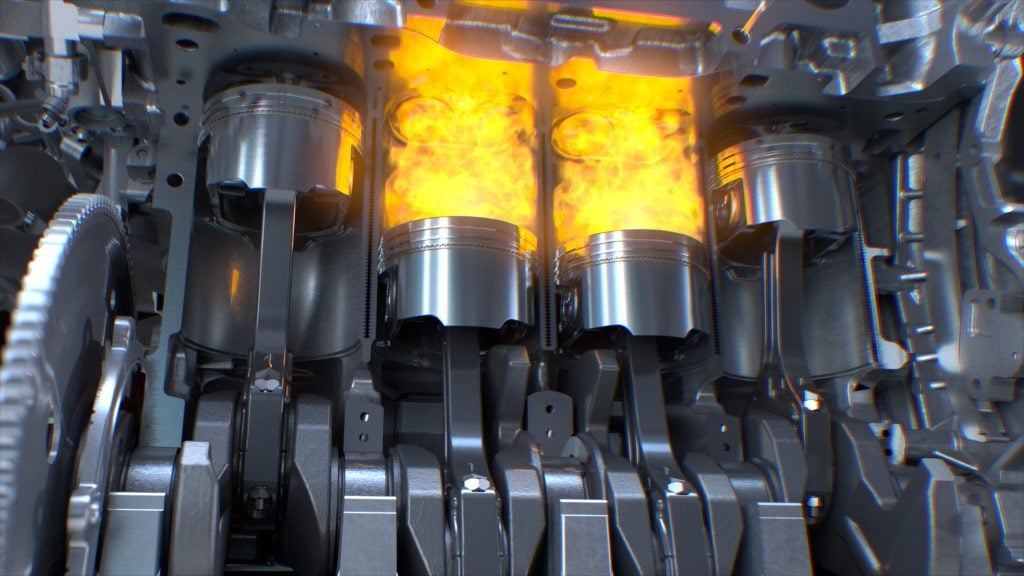With No Moving Parts, A New Heat Engine Could Fully Wipe Out The Power Grid
Engineers at the National Renewable Energy Laboratory (NREL) and the Massachusetts Institute of Technology (MIT) have developed a heat engine without moving parts. The prototype designed by the engineers can generate power from a heat source of 1,900 to 2,400 degrees Celsius. According to the researchers, this engine’s successful improvement and deployment could one day decarbonize power grids.

The novel engine, which is a thermophotovoltaic (TPV) cell, has over 40 percent efficiency in converting heat to electricity. According to the engineers, this performance is better than traditional steam turbines.
The researchers have indicated that they would deploy the TPV cell in a grid-scale thermal battery. This will allow the absorption and storage of excessive renewable energies like the sun into heavily insulated banks of hot graphite. The TPV cells can later convert the stored heat into electricity for the power grid when needed.

The team has successfully tried all the system’s main components in small experiments using the new TPV cell. The only thing left now not is to integrate the pieces into a fully operational heat engine. A successful full-scale trial would encourage mass production of the system so it can replace fossil fuel-powered plants. This, they believe, can fully decarbonize power grids.
The Robert N. Noyce Career Development Professor in MIT’s Department of Mechanical Engineering, Asegun Henry, said, “creating thermophotovoltaic cells was the last critical step to demonstrate that thermal batteries are a viable concept.”
